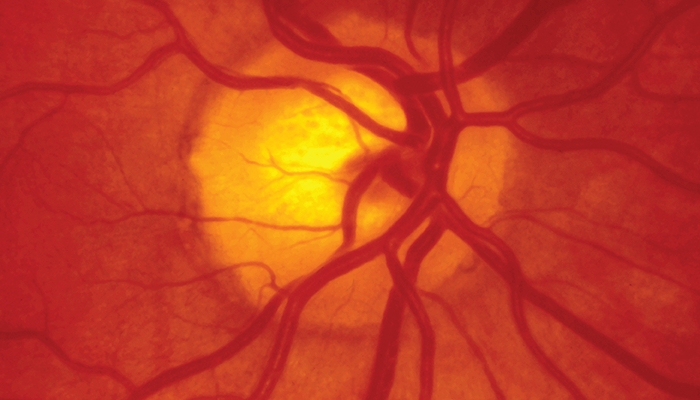
Can’t hide from the artificial eye
After conducting a diagnostic study from 4095 retinal fundus images, researchers found that AI was still able to learn patterns associated with self-reported race (SRR), indicating that AI models don’t necessarily remove the potential of racial bias (1).
At risk of ROP
A database cohort study used the Healthcare Cost and Utilization Project Kids’ Inpatient Databases and collated the data of 125,000 ROP discharges from over 23 million births. The researchers discovered an 86 percent increase in ROP incidence found in at-risk populations (2).
Silicone oil tamponade removal
To compare the efficacy of two surgical techniques used for removing silicone oil tamponade post-vitrectomy– triple air-fluid exchange (AFX) and balanced salt solution lavage (BSSL) - researchers used X-ray photoemission spectroscopy to measure silicone content of fluid samples taken during both procedure, concluding neither technique worked as a well-mixed box dilution (3).
Imitating the eye
Scientists from Penn state have developed a sensor array that mimics the light-sensitive photoreceptor cells. The device connects to a neuromorphic algorithm that produces high-fidelity images once the imputed information is processed. The work could spur developments in artificial retina biotechnology, as well as offer a step towards battery-free camera technology (4).
In Other News…
New drug for ROP
Scientists have discovered that K-604, a potential drug candidate for Alzheimer’s and cancer, might also limit pathological retinal neovascularization during retinopathy of prematurity (5).
New cell and gene therapies
Researchers at Cedars-Sinai Medical Center are using engineered stem cells to treat retinitis pigmentosa, marking an important milestone in providing personalized therapy treatments (6).
Spider sense
New research has determined that bold jumping spiders lose photoreceptors in the high-density region of their retina when they are underfed or starving; the findings potentially offer more insight into understanding the pathophysiology and mechanism of AMD in humans (7).
Second sight
Scientists from Singapore and Sweden have successfully produced progenitor photoreceptor cells and transplanted them into experimental models of damaged retinas (8).
References
- A S Coyner et al., “Association of Biomarker-Based Artificial Intelligence With Risk of Racial Bias in Retinal Images,” JAMA Ophthalmol, [Online ahead of print] (2023). PMID: 37140902.
- A Bhatnagar et al, “Epidemiology of Retinopathy of Prematurity in the US From 2003 to 2019,” JAMA Ophthalmol, 141, 479 (2023). PMID: 37052930.
- T Rossi et al., “Silicone Oil Tamponade Removal: Which Technique Is More Effective? An X-Ray Photoemission Spectroscopy Study,” Transl Vis Sci Technol, 12, 21 (2023). PMID: 37070937.
-
Y Hou et al., “Retina-inspired narrowband perovskite sensor array for panchromatic imaging,” Sci Adv, 9 (2023). PMID: 37058567.
S A H Zaidi et al., “Role of acyl-coenzyme A: cholesterol transferase 1 (ACAT1) in retinal neovascularization,” J Neuroinflammation, 20, 14 (2023). PMID: 36691048. - A H Laperle et al., “Human iPSC-derived neural progenitor cells secreting GDNF provide protection in rodent models of ALS and retinal degeneration,” Stem Cell Reports, [Online ahead of print] (2023). PMID: 37084724.
- S Rathore et al., “Nutrition-induced macular-degeneration-like photoreceptor damage in jumping spider eyes,” Vision Res, 206 (2023). PMID: 36758462.
-
H Goon Tay et al., “Photoreceptor laminin drives differentiation of human pluripotent stem cells to photoreceptor progenitors that partially restore retina function,” Mol Ther, 31, 825 (2023). PMID: 36638800.
